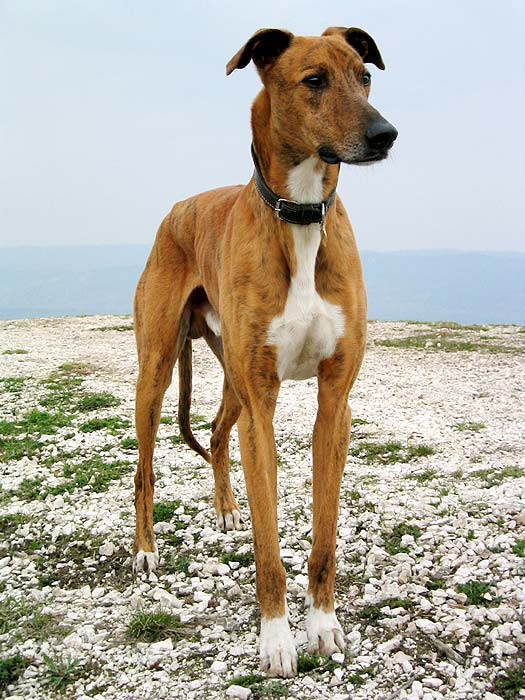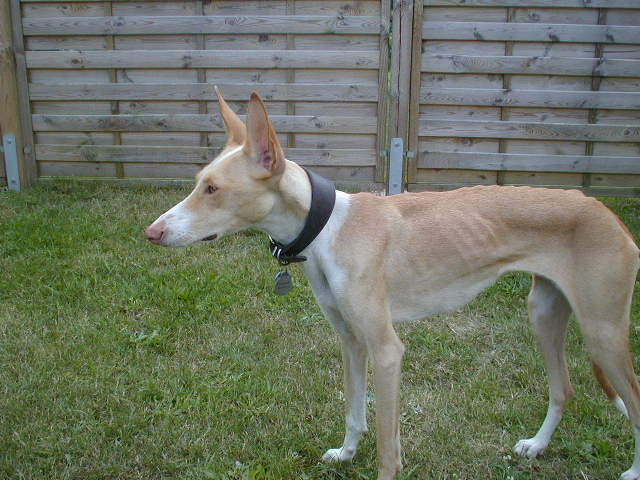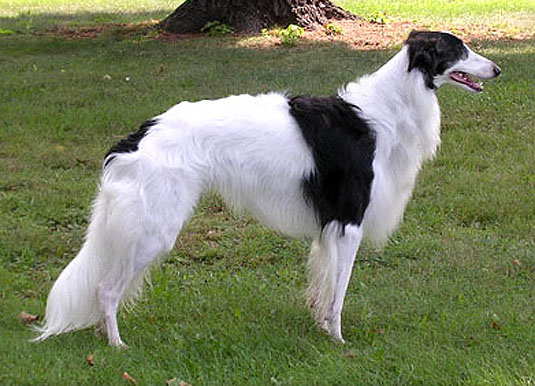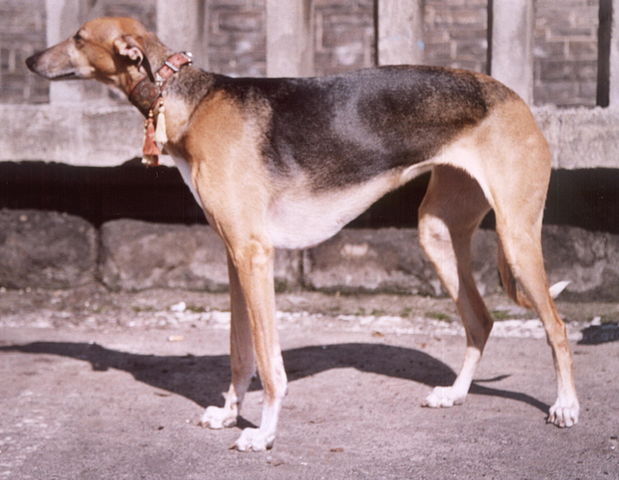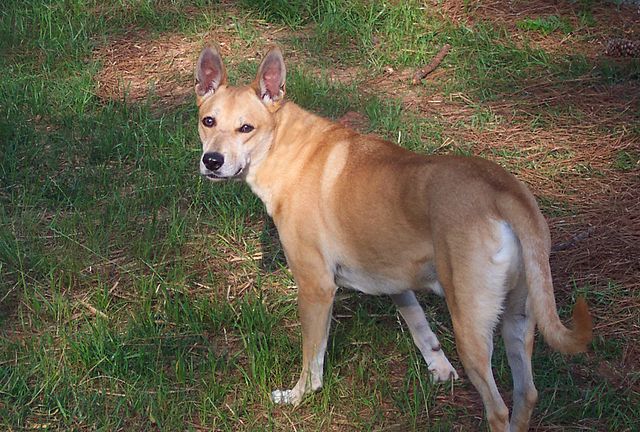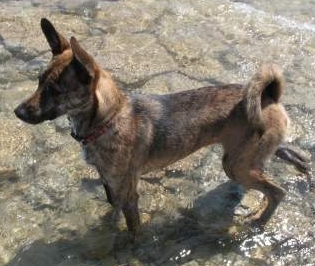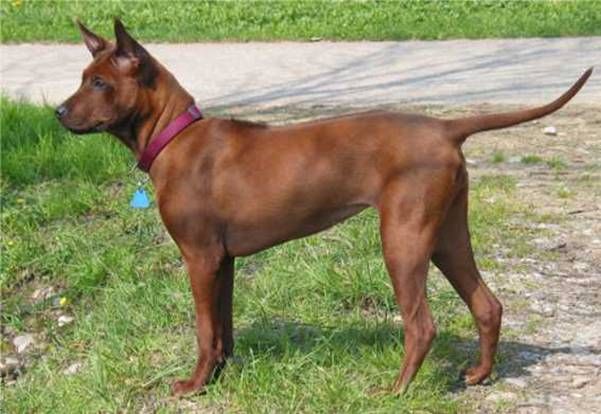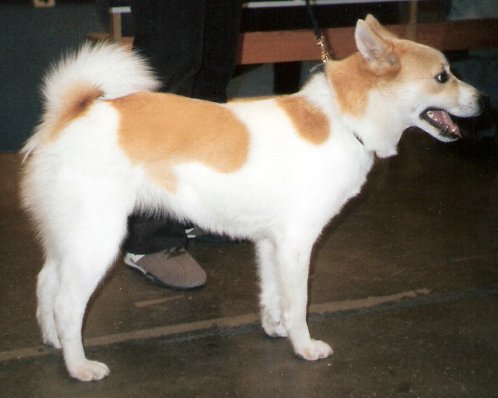The Hortaya Borzaya is a very rare sighthound developed in Russia and the Ukraine and was at one point even owned by nobility. The breed is sometimes referred to as the Chortai. Extremely rare outside of Russia, although exhibited occasionally in the Russian Cynological Federation, the breed has even made at least one brief appearance at the World Dog Show when held in that country. They are still very low in numbers although fanciers are seeking to preserve the breed.
As with all sighthounds, the Hortaya has a keen prey drive! Originally hunted in pairs (and accompanied by a raptor), the hounds were released while hunters followed along on horseback. These were often “functional” hunts, using any prey caught for food rather than hunting for sport. This breed has great endurance and can run very long distances (and very quickly) so needless to say an owner must be prepared to keep the dog on a leash when not in a fenced area! They had been used to hunt a diverse assortment of prey and so even pet hounds not used for hunting are likely to give chase to cats, squirrels or even slightly larger animals. In the home however, many are able to live with other pets (including cats) as long as a bit of common sense is followed. For example, that same cat may become too tempting not to chase when out in the yard.
Borzayas are gentle and calm around people although they do need to be given plenty of opportunities to run and exercise daily! Most wouldn’t be happy if cramped into an apartment or small condo – for optimum success they should be given a large fenced yard to run in daily, supplemented with regular walks. While this isn’t a hyper dog by any means, it is a high-energy athlete that requires a compatible living situation!
Hortaya Borzayas tend to get along well with other dogs, and have a friendly-yet-aloof temperament towards most people. Aggression is not commonly seen in a well-socialized Hortaya and they wouldn’t be a good choice as a guard dog. They do have a slightly more independent personality in general, and while they enjoy being with their families, they don’t need to be standing next to them 24/7.
Most Hortayas are very healthy and strong dogs with few genetic disorders in the lines. Because of their general build, bloat may be one possible health concern although this is speculation because of limited information about these rare hounds. Otherwise, it is not unusual for one to live to the age of 14 or 15 years old. In fact, in their home country it isn’t unheard of for older hounds to still participate in hunting and/or breeding even later in life with no ill effects.
Borzayas are capable of competing and enjoying many dog sports such as lure coursing, agility or racing. They are also a little easier to train than some of their canine close-relatives. Clever and interested in learning, they would make a good match for a person interested in competing with an unusual breed! As with all dogs, starting the training and socializing process early on in life will give the best results for success in the future.
The smooth coat of the Hortaya Borzaya is thicker than it may at first appear – a necessity for living in colder climates! This large hound is also heftier than he may look. Although still blessed with the graceful outline of most sighthounds, he is surprisingly strong and athletic and has more muscle than one may originally realize! This is similar to the also-muscular Greyhound – an obvious cousin to the breed. Similarities to the Borzoi can also be seen, particularly in the head. That said, this is a breed unto themselves and one which will hopefully continue to grow and flourish!
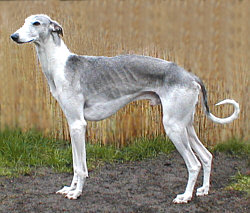
Photo CC BY-SA 3.0

